The History of Hachette Australia
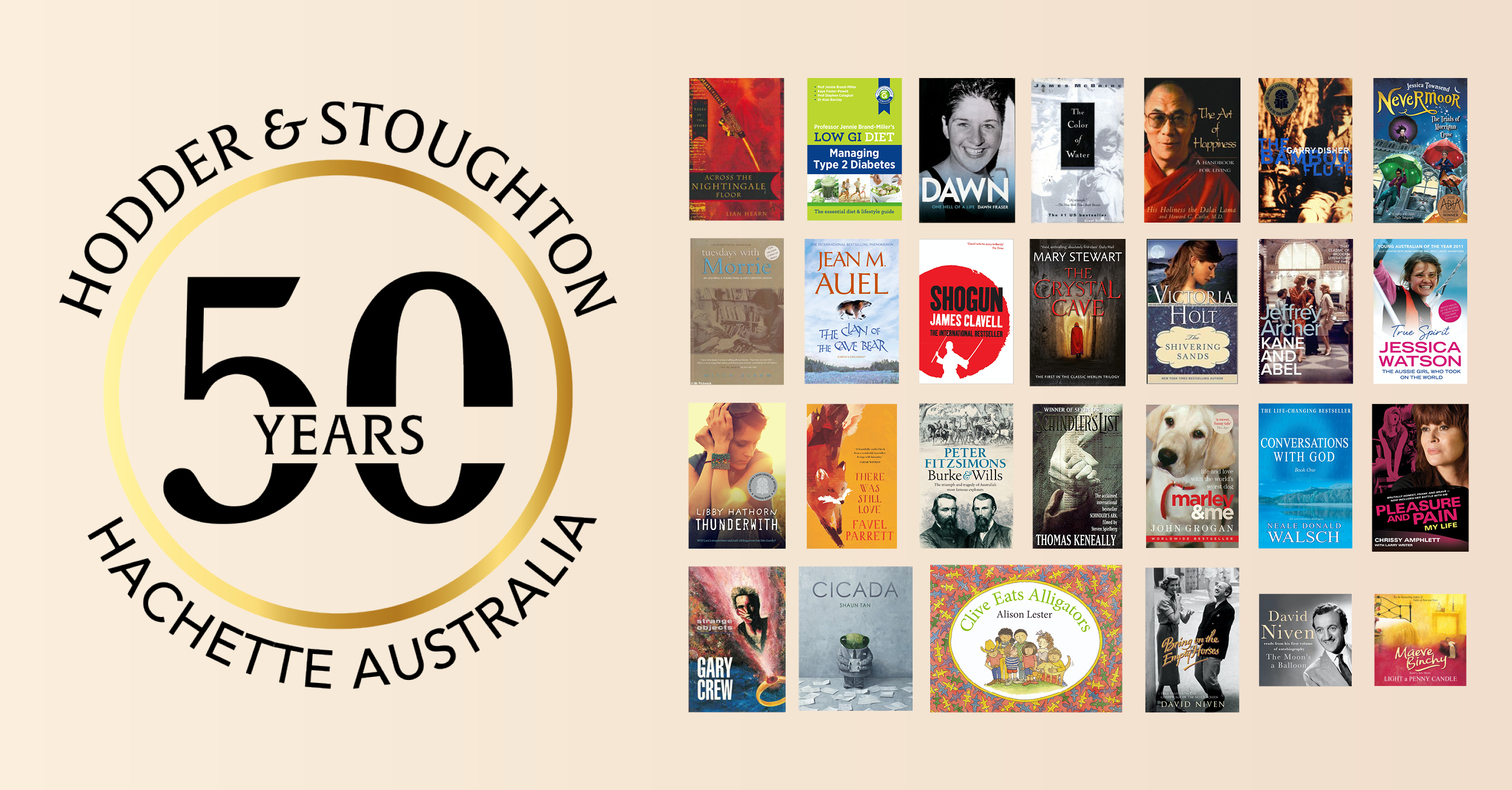
The remarkable journey from Hodder to Hachette Australia over the last 50 years is not only a great and personal look at our company’s history, but a fascinating insight into the changing world of publishing over the period. Read the full story with contributions from past leaders including from Eddie Coffey, Tim Hely Hutchinson, Malcolm Edwards and Lisa Highton, as well as from current long-serving members of staff.
Compiled by Louise Sherwin-Stark, CEO of Hachette Australia & New Zealand, April 2021
Hodder & Stoughton was incorporated in Australia on 2 April 1971. On this, the 50th anniversary of our company’s permanent roots in Australia, I asked a few publishing friends for their recollections about the publishing house that would go on to become Hachette Australia.
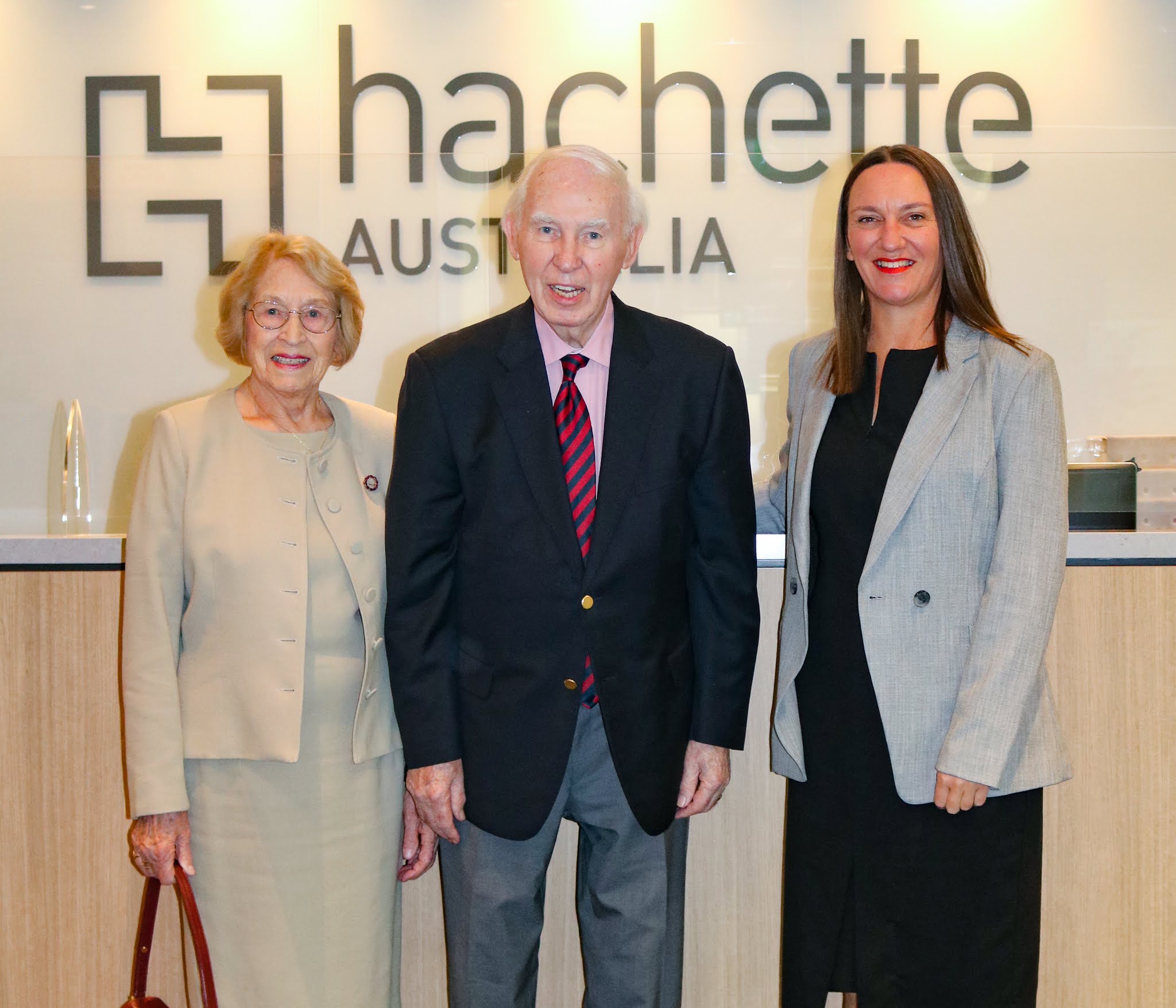 At 92 years of age, Eddie Coffey has some amazing memories of the Australian publishing division and the growth of our company in the early days. He joined Hodder & Stoughton Australia on 1 January 1972 and retired on 31 December 1986, and his years as Managing Director set the company on course to be what we are today.
At 92 years of age, Eddie Coffey has some amazing memories of the Australian publishing division and the growth of our company in the early days. He joined Hodder & Stoughton Australia on 1 January 1972 and retired on 31 December 1986, and his years as Managing Director set the company on course to be what we are today.
Our presence in Australia, however, pre-dates even that incorporation 50 years ago.
Philip Attenborough, Hodder & Stoughton’s Chairman, told Eddie that Dymocks was appointed as Hodder’s Australian agent in 1914. Eddie still has a copy of this agreement, signed by Marjorie Dymock Forsyth.
Eddie also recalls that there were ‘two Managing Directors before his time who covered Australia, New Zealand, South Africa, The Philippines and possibly a good deal more. They were away from Sydney for many months at a time, carrying their samples in large wicker baskets, calling on their accounts.’
In Eddie’s time leading the company throughout the seventies and eighties, Hodder & Stoughton partnered with APC (Australasian Publishing Company, part of Harrap’s) to distribute books through Bookstocks. In 1972, there were around 20 Hodder employees and as the company progressed, with the move to Lane Cove to set up separate distribution, that number rose to about 80. Eddie turned a loss-making business into a successful and profitable one.
Eddie’s memories of the books he worked on are amazing, and the numbers are just as astonishing. In his words:
David Niven’s The Moon’s a Balloon sold 600,000 copies and Bring on the Empty Horses 350,000, James Clavell’s Shogun sold 550,000 and Jeffrey Archer’s Kane and Abel sold 220,000. Incidentally, most of Archer’s books sold more than 200,000 copies. Jeffrey would tour with each book and we usually sold out in a fortnight. Thomas Keneally’s Schindler’s Ark (80,000 HB/160,000 PB) won the 1982 Booker Prize, Maeve Binchy’s Light a Penny Candle sold 40,000 copies, Mary Stewart’s The Crystal Cave and The Hollow Hills sold 60,000 each and Eleanor Hibbert (and pseudonymously as Victoria Holt, Jean Plaidy and Philippa Carr) probably sold 1 million copies – her worldwide sales were 100 million. Jean M Auel’s The Clan of the Cave Bear series sold 400,000.
In my speciality, children’s books, we sold 400,000 Asterix books, 600,000 of Enid Blyton’s Famous Five and Secret Seven books and 150,000 of Jean Chapman’s Tell Me A Tale series. We created Grug and we also published There’s a Hippopotamus on our Roof Eating Cake whose sales, I am told, are approaching 1 million. In 1979, we published Ruth Manley’s The Plum-Rain Scroll which was awarded the Children’s Book Council’s Book of the Year.
My favourite book was Jack Pollard’s Australian Cricket: The Game and The Players. In my opinion, it is the best-ever cricket book – coming in at 1200 pages. We sold 16,000 copies at $39.95 apiece in 1983. That was a lot of money. We simultaneously produced a leather-bound limited edition of 452 copies (Bradman’s highest score) with gilded edges and Sir Donald Bradman himself both autographed and numbered each copy from 1 to 452. They went to market at the record price of $295.00 and sold out before publication. This is the only book where I have put an editorial hat on. Books and cricket have always ruled my life.
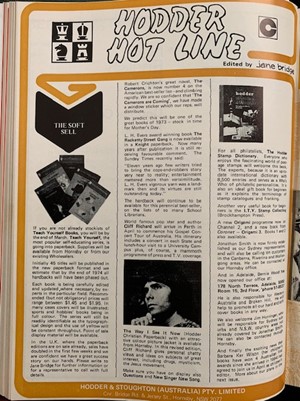 Eddie thought his publishing days were over, but he went on to represent another future Hachette publisher in Australia. ‘I was succeeded (at Hodder) by Alan Gordon-Walker, son of Lord (Patrick) Gordon-Walker, a member of Harold Wilson’s cabinet. Alan had been with H&S for quite a few years, as paperback publisher. On 3 January 1987 I received a call from Mark Collins, my former boss at William Collins. He offered me the Weidenfeld & Nicholson agency, to start immediately. I agreed, and that was the beginning of Peribo.’
Eddie thought his publishing days were over, but he went on to represent another future Hachette publisher in Australia. ‘I was succeeded (at Hodder) by Alan Gordon-Walker, son of Lord (Patrick) Gordon-Walker, a member of Harold Wilson’s cabinet. Alan had been with H&S for quite a few years, as paperback publisher. On 3 January 1987 I received a call from Mark Collins, my former boss at William Collins. He offered me the Weidenfeld & Nicholson agency, to start immediately. I agreed, and that was the beginning of Peribo.’
‘I think that it was at Frankfurt in 1988 that I met up with one of my oldest friends, Tim Hely Hutchinson. He was looking for something to buy so I suggested Hodder and several weeks later he told me that he had bought Hodder, and the rest is history,’ Eddie says of the beginning of the next chapter in our story.
Our story is now taken up by Tim Hely Hutchinson, who founded Headline in 1986 and was CEO of Hodder Headline and then Hachette from 1993 to 2017. Tim says:
In 1983, when I went to Australia in my new job as MD of Macdonald Futura, it was specifically to find a new agent to sell and distribute our books. Eddie Coffey courted me, and I wanted to take the agency to Hodder. I went to the infamous Robert Maxwell and said I would write him a report about the whole situation and deliver it to him within ten days.
He said: ‘I bet you have already decided what you want to do; so, let’s get on with it.’ I admitted that this was true. He said, ‘Let’s ring this Eddie Coffey now.’ I said we couldn’t because it was three in the morning in Australia. Robert said this was nonsense, as Eddie would be happy to be rung day or night to get the Macdonald Futura agency. Eddie and Robert agreed terms within five minutes, at the end of which Robert said, ‘I am putting Hely Hutchinson on the morning’s flight to Sydney to tie up the details.’ I managed to make that a flight about a week later. It was a successful deal, and I later had no hesitation in bringing Headline to Hodder in Australia and New Zealand, which led in due course to the Hodder Headline deal.
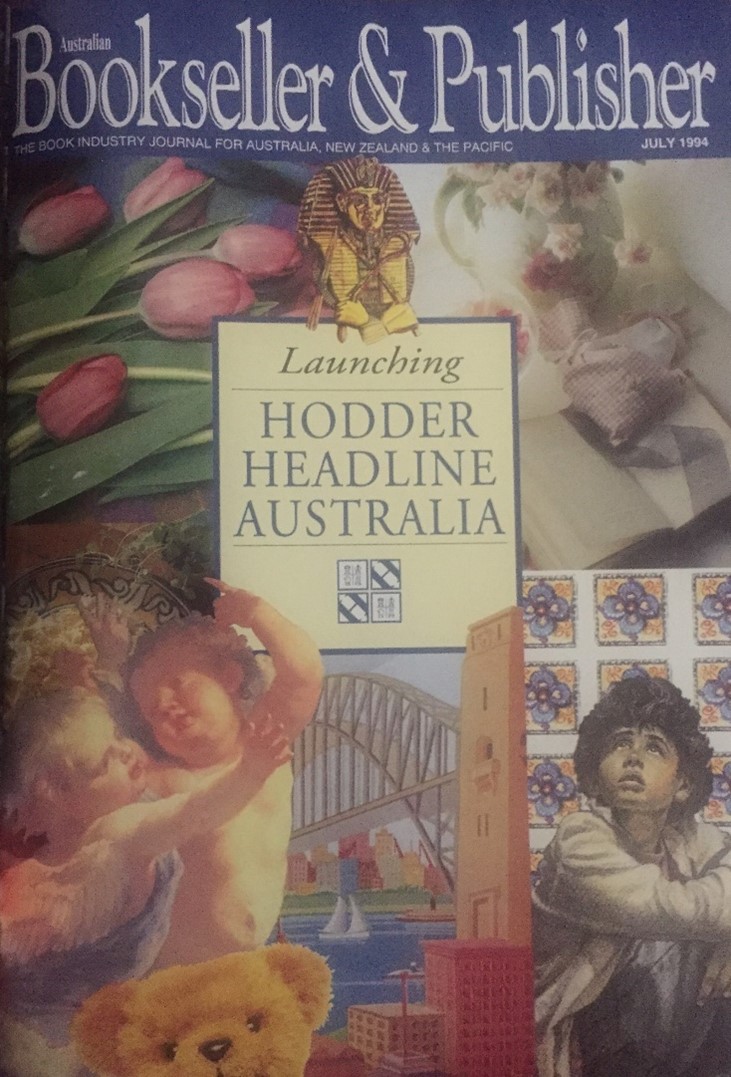 With Hodder Headline established in Australia and New Zealand, Tim persuaded Lisa Highton and Malcolm Edwards to join. Tim recalls:
With Hodder Headline established in Australia and New Zealand, Tim persuaded Lisa Highton and Malcolm Edwards to join. Tim recalls:
Malcolm’s arrival from South Africa was a fine moment for all concerned. It led to a long series of Australian-published and international bestsellers, business success and, I hope and believe, a happy house. Schindler’s Ark (film tie-in) by Thomas Keneally was a massive bestseller at this time.
We decided to move out of Rydalmere and to deal with distribution by creating Alliance Distribution Services (ADS). Both good decisions.
Hodder Headline’s success attracted a bid from WHSmith (owners of Angus & Robertson) in 1999. We were even more fortunate with Hachette from 2004. Tim remembers:
Then came the happier and more professional Hachette days, which in particular brought us Orion and Little, Brown. In relation to the latter, that brought us Steve Jobs, The Goldfinch and J.K. Rowling.
However, from a business point of view, our finest hour during Malcolm’s and my time together was probably the publication of the four Twilight novels. I didn’t need to explain to Malcolm or any of you that bestsellers were nice and needed to be promoted and kept in stock. That Christmas, Hachette Australia had 8 of the top 10 bestsellers. Ross Gibb took me to one side and said, ‘I don’t know if you have noticed, but your team are a bit good.’
Rob Mitchell, current ADS Operations Manager, joined Hodder Headline in 1987. Rob’s memories of Rydalmere give an amazing sense of how different things were in terms of distribution back then. He says:
The office and warehouse were located at Apollo Place, Lane Cove. The premises did not have a yard, so all trucks were unloaded or loaded on the street, often by hand. All inventory (locations and quantity) was maintained on cards, with the cards stored alphabetically in pull-out trays. The inventory was stored alphabetically on shelving. If a title did not fit, then considerable time and effort was often required to create space for it.
The warehouse was on the lowest level of the building, down a steep ramp, with a sharp 90-degree turn at the bottom. Inbound and outbound freight had to negotiate this ramp, which was tricky at the best of times, let alone in the wet.
Replenishment would be picked to trolleys or pallet then sent upstairs via an internal elevator, where the orders would be picked. The warehouse had one gas forklift that worked well and another electric forklift that required the occasional push to get it going.

Lisa Highton, Hodder Headline’s Publishing Director from 1993 to 2005, remembers:
Strengthening the Australian publishing list was a key aim from 1993 when I joined and although we had considerable success doing this, the move from Rydalmere to city offices in Kent Street in the late 1990s was a step change in trade perception and, importantly, our sense of ourselves. It was a new chapter in Hodder/Hachette’s growth plan for Australian publishing and renewed pride in itself and its achievements. While city-working is changing and technology has made geography less relevant, our modern Australian publishing program was forged in Kent Street.
We have reached out to some of our bestselling Australian authors for their impressions of Hodder and Hachette over the years.
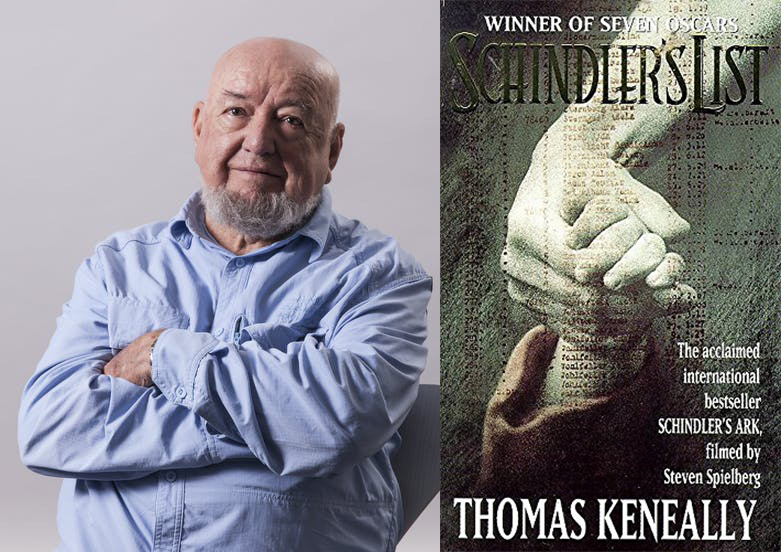 Thomas Keneally, author of Schindler’s Ark, says:
Thomas Keneally, author of Schindler’s Ark, says:
In days gone by, Hodder, the original company, did wonderful book business with its British list, but brave souls turned it slowly into a fully-fledged trade publisher here, publishing a fine list including Australian authors. Now, under the livery of Hachette, it has a splendid and inventive list and is one of the pillars of Australian writing. Its fiction list from Britain and the US carried no slouches either. I owe Hachette an enormous debt for the books of mine they have published. May it relish its anniversary! It deserves to.
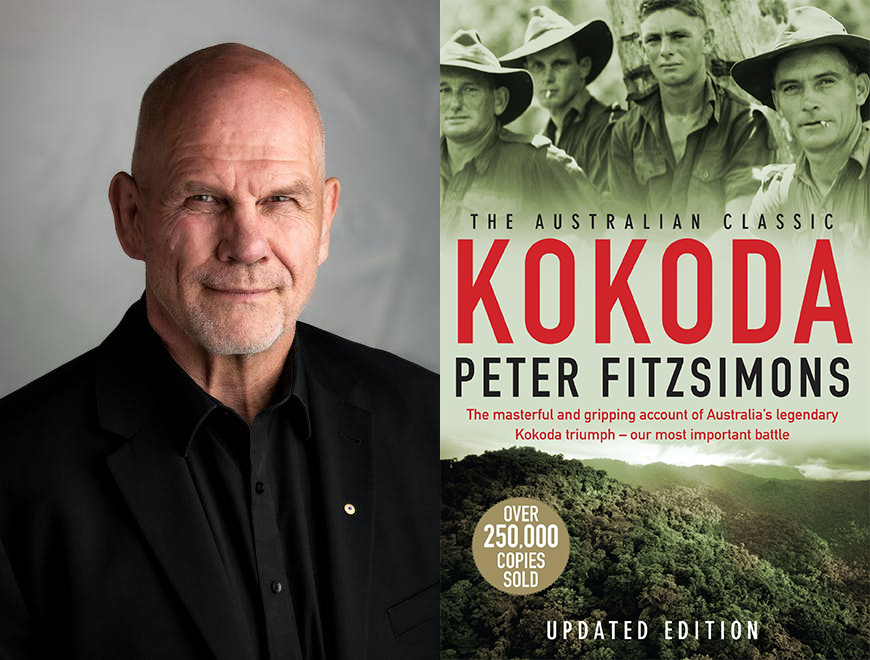 Peter FitzSimons, Australia’s bestselling history writer, has this message:
Peter FitzSimons, Australia’s bestselling history writer, has this message:
Way back in about 2002, the local publisher at the Australian arm of the venerable publishing firm of Hodder suggested I do a book on the Kokoda campaign. I resisted till I blistered. But they persisted and persuaded. The good news is that book has gone on to sell - let me hear you say RAH! - some 330,000 copies so far and is one of the bestselling local titles in the Hodder stable over the last 50 years. For me, it was a book that sent me further on the path of chronicling a lot more of Australian military history.
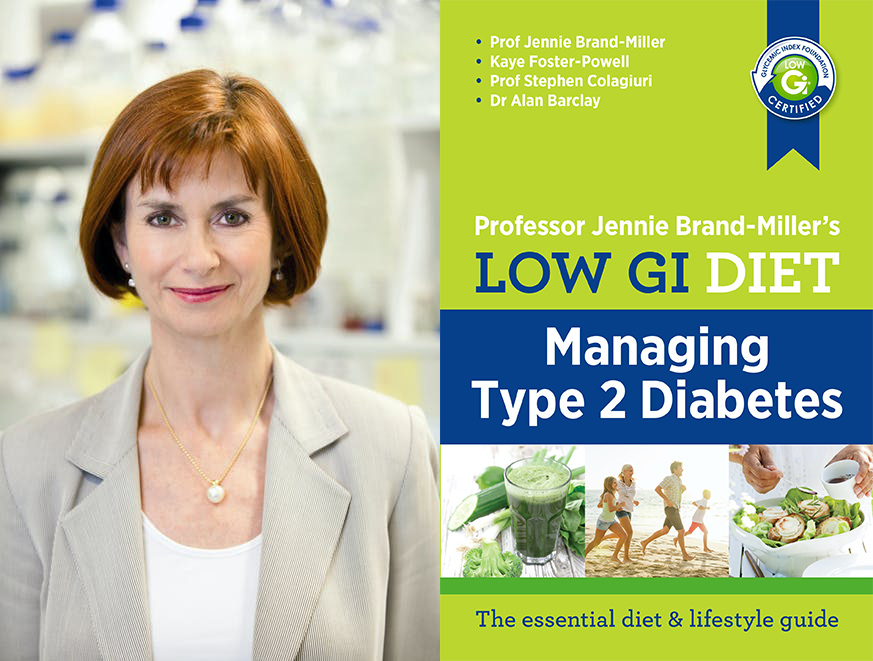 Professor Jenny Brand-Miller, who wrote The Low GI Diet, says of her publishing experience:
Professor Jenny Brand-Miller, who wrote The Low GI Diet, says of her publishing experience:
To my knowledge, The Low GI Diet was the first bestselling nutrition book in the world that translated good science into everyday practice, so much so, that low GI became part of Australian vernacular. It even got a mention on the ABC-TV’s popular comedy Utopia!
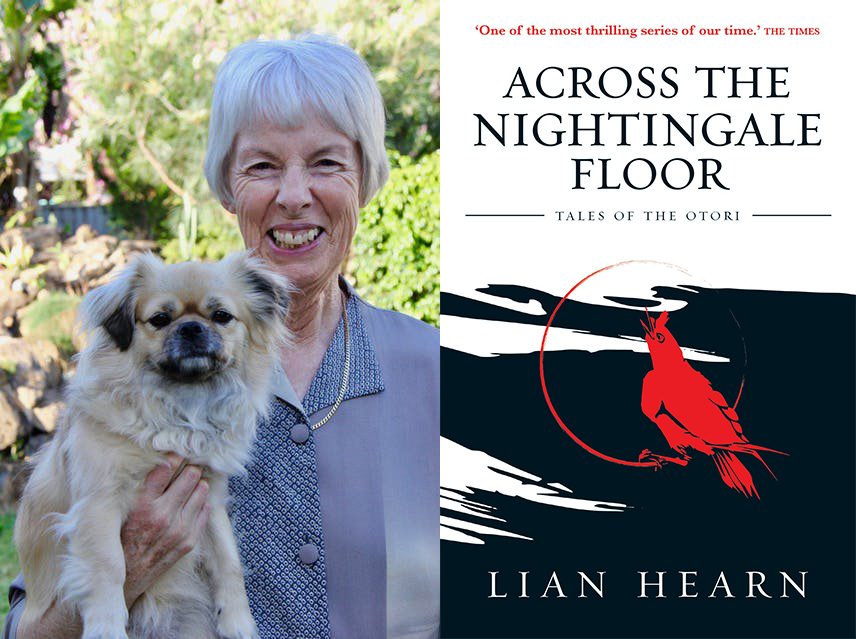 Lian Hearn, author of the hugely successful Tales of the Otori series, says:
Lian Hearn, author of the hugely successful Tales of the Otori series, says:
Congratulations to Hachette Australia on their 50th birthday. I will be forever grateful for their brilliant publishing of Tales of the Otori, and their loyalty to the series over 20 years. But it’s also a great honour to be one of their authors on such an illustrious list. Here’s to another 50 years of passionate support for Australian books and writing.
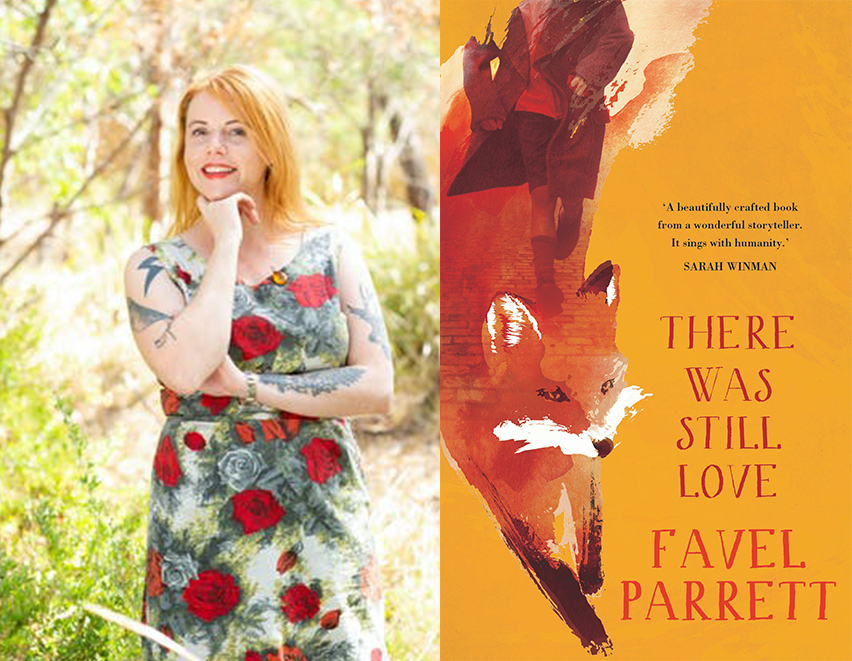 Favel Parrett, author of Past the Shallows, When the Night Comes and There Was Still Love, says:
Favel Parrett, author of Past the Shallows, When the Night Comes and There Was Still Love, says:
Ten years ago, I was lucky enough to find a home with Hachette Australia. The team at Hachette have become like my second family - and I feel incredibly grateful and proud to be published by such wonderful people. Thank you, Hachette!
Other memorable successes include memoirs from Dawn Fraser, Jessica Watson and Chrissy Amphlett, award-winning children’s books from Shaun Tan and Jessica Townsend, and backlisting international bestsellers like The Art of Happiness, Tuesdays with Morrie, Marley & Me, Conversations with God and The Colour of Water.
Susan Collett, Hodder Headline’s Children’s Manager from 1993 to 1996, remembers:
Quite coincidentally, on my first day joining the team at Rydalmere as Manager of Children’s books, I learnt that I was the first new employee of the recently created Hodder Headline entity. Coming from a background in educational publishing, it was wonderful to work with the creative team of Malcolm Edwards, Mary Howell, Brett Osmond, Belinda Bolliger and Andy Palmer. Incredibly long hours, very tight deadlines (I imagine nothing has changed) and memorable moments such as the day that Stephen King popped into the office!
Managing Director of Hodder Headline and then Hachette from 1994 to 2014, Malcolm Edwards, now continues our story, which includes a major drive to modernise:
Firstly, there was only one desktop computer in the entire organisation and that sat not in finance, but on a marketing manager’s desk! There was no managing director in New Zealand, and there was a warehouse so full of stock that the forklifts could not get down the aisles and staff were picking cartons from the top of ladders. Added to this, the offices were located in Rydalmere on a light industrial estate, which could never be described as the literary centre of Australian publishing.
I can pinpoint the moment that the company really started to fire – it was in 1997 when we moved to terrific new offices overlooking the harbour in the building next to where Hachette is today, a move which also enabled us to rid ourselves of a dysfunctional warehouse and replace it with a joint venture with Allen & Unwin which was named then, and remains, Alliance Distribution Services (ADS). It had been in the planning for three years and was built from the ground up, with brand new technology and largely new staff under the rock-solid management of Phil Knight. Phil and his team were very quickly voted Distributor of the Year, an accolade that repeated almost annually until the award was abolished!
With the move to Sydney, agents also began to take us seriously, and under Lisa Highton’s and more latterly Fiona Hazard’s brilliant stewardship, our Australian list began to flourish while many backlist titles, such as The Art of Happiness and The Power of One, still provided the bedrock of today’s backlist sales. We paid a then Australian record advance for the autobiography of Dawn Fraser, which our competitors scoffed at, until we earned out with the first printing! There were many other successes and inevitably many failures (you aren’t trying if there aren’t failures) but overall, our Australian list became profitable and the company as a whole consistently profitable.
In New Zealand, we had long ago determined that the company needed to be bigger if it were to ensure consistent and meaningful profits, and in 1995 we bought New Zealand’s largest independent publisher, Moa Beckett, from the Blackwell family, merged it into our own company, renamed it Hodder Moa Beckett and soon installed Kevin Chapman as its Managing Director. There was a very small and nascent joint venture which formed part of Moa Beckett, called the Anne Geddes division. Little did we know at the time that this, under the inspired leadership of Geoff Blackwell, would grow into a worldwide publishing phenomenon and, over the course of five years, deliver profits of over $30 million. This was soon followed by the M.I.L.K. project which offered a prize of US$1 million dollars to the professional photographer who took the best photograph encompassing the essence of love and kindness. Suffice to say, we received over 50,000 images from 127 countries and from these a series of lavish books were published to worldwide acclaim and which, I’m delighted to see, remain in print to this day.
In 1999, Hodder Headline was sold to WHSmith, and I well remember that the announcement was due to be made in London during the Australian sales conference at exactly the time that a bus was taking all our reps to visit ADS to understand how distribution (and particularly returns!) worked. And so it was that I found myself announcing our change of ownership to all the staff in the office and then chasing the bus on the M1 where it pulled in to allow me to step aboard and make the announcement to all the sales staff and then rushing to ADS to announce it to our distribution staff – it was the only way nobody would find out second-hand!
Hodder Headline was sold to Hachette in 2004 and in the space of a year the company doubled in size, with the addition of Orion and Franklin Watts (to become the Children’s Division), Little, Brown and Octopus, and at the same time we acquired 100 per cent of ADS and built a second warehouse to accommodate all the additions. One Sales division became five, and each was run by brilliant managers including Matt Richell who succeeded me, and died in such tragic circumstances, and by Louise Sherwin-Stark, who succeeded Matt and has done such a fantastic job growing the company in very challenging circumstances.
Michael Swarbrick, Head of IT Hachette ANZ, has been with us since 1995 and remembers:
Change, whether small or large, has made my time at Hachette fly by. A couple of name changes, two owners, a few locations, lots of people joining and then moving on, some coming back again. It is always changing.
I started working for Hodder Headline in 1995 when it was located in Rydalmere, outside Paramatta, in a business park overlooking the Parramatta River. I was part of the finance team. The office and warehouse were together, there were a lot of departments – sales, finance, publishing – but also an education and religious division. We had computers with the new Windows 3.1 operating system, but only internal email and no internet. Faxes were used, as were line or impact printers and lots of paper – and not just for books, we had paper everywhere. I remember that we had two servers, one of them being Vista.
In 1999, ADS was created through a partnership with Allen & Unwin, which split the warehouse from the office. I was offered a role in IT in the new Kent Street offices. The offices were dark wood and a bit of a rabbit warren, but there was a huge change in culture that I noticed when staff relocated from a large office to this smaller one and there was a sense of belonging and working more closely together. We were also acquired by WHSmith, who then acquired Angus & Robertson. It was amazing to see Malcolm work for both companies, a bookseller and a book publisher, sharing time between Sydney and Melbourne.
In 2003, we relocated from 203 to 207 Kent street. The new offices were much nicer, more open, and it was not long before we grew to take up the whole floor. There was a lot of uncertainty about what would happen to us as WHSmith went into decline, but we were lucky to be bought up by Hachette Livre, after which we’ve grown and changed, increasing through acquisition, to be the company we are today.
There has always been a curve upon acquisition where initially an ‘us and them’ mentality shifts to a collective ‘us’. Through it all, the staff at Hachette, Hachette Livre or Hodder Headline have always been and continue to be the biggest asset, in my opinion. Always nice and friendly to work with, the team is one of the main constants. The Hachette family continues to roll on, new staff added to replace those that have moved on, or those we have lost.
Everything else has changed in my time here – nowadays, paper really is only for books, and everything else is digital. The world is smaller, with virtual interaction between HA and ADS as well as HUK and HBGUS. While the office is still a great place to work, remote working allows more people to be connected, no matter where they are.
I’d like to thank Eddie, Tim, Rob, Lisa, Susan, Malcolm and Michael for their amazing recollections. For me, this has not only been a fantastic journey down memory lane but a reminder of the strong foundations of the business laid many years ago and built upon by so many wonderful people.
Hachette today is a very different business to the one that was incorporated in 1971 – advances in technology and distribution alone make it almost unrecognisable! But what remains unchanged, as Michael so beautifully put it, is our brilliant people. It’s our focus on authors, books and readers that makes every day in this wonderful book industry of ours an exciting adventure. We will continue to support authors and connect their work with readers and make sure that we publish books for all Australians. We will promote the books readers are most engaged with and work with the broader industry to promote the benefits and joy of reading for everyone.
2020 was a year of challenges but a significant return is a great opportunity for the books from Hachette Australia and we plan to do our best to connect our brilliant authors, new and old, from wherever they may be, with keen Australian readers. Bring on the next 50!
Key publishing houses within the Hachette Publishing group were founded as far back as 1768 in the United Kingdom, 1826 in France and 1915 in Australia.
The timeline below gives a sense of the Hachette Group’s long history.
Acquisitions and Highlights
1768 – John Murray founded
1826 – Louis Hachette founds Hachette
1837 – Little, Brown established
1868 – Hodder & Stoughton founded
1915 – Lothian founded
1971 – Octopus founded
1971 – Hodder & Stoughton Australia founded
1986 – Headline Book Publishing established
1991 – Orion Publishing Group formed
1993 – Headline acquires Hodder & Stoughton and forms Hodder Headline Ltd
1993 – Hodder & Stoughton Australia becomes Hodder Headline Australia
1996 – Time Warner acquires Little, Brown imprints
1996 – Hachette Livre acquires Orion and Cassell
2001 – Hachette Livre acquires Octopus
2002 – Hodder Headline acquires John Murray
2004 – Hodder Headline acquired by Lagardère for Hachette Livre
2004 – Hodder Headline Australia is renamed Hachette Australia
2005 – Hachette Children's Books formed through the merger of Watts Publishing Group and Hodder Children's
2006 – Hachette Livre UK acquires Time Warner Book Group
2006 – Time Warner Book Group renamed Little, Brown Book Group
2006 – Lothian acquired by Hachette Australia
2007 – Little, Brown Book Group acquires Piatkus, incorporated as an independent imprint within the group
2007 – Hodder Headline Ireland and Little, Brown Ireland join together to form the Hachette Book Group Ireland
2009 – Hachette India founded
2011 – Hachette opens sales office in Dubai
2012 – Hachette acquires world rights in Enid Blyton
2012 – Octopus acquires Ticktock Entertainment
2012 – Hachette opens sales office in Hong Kong
2013 – Hachette acquires Constable & Robinson
2014 – Hachette acquires Quercus
2015 – Hodder Education acquires Rising Stars
2015 – Hodder & Stoughton acquires Nicholas Brealey
Latest news
 loading...
loading...
Mum loves books this Mother's Day!
 loading...
loading...
The Realm recommends a selection of speculative fiction written by women!
 loading...
loading...
Start reading Small Hours by Bobby Palmer
Start reading Small Hours by Bobby Palmer
 loading...
loading...
Read an exclusive extract from All the Colours of the Dark
Dive into Chris Whitaker's unputdownable, All the Colours of the Dark.
.png?auto=compress&w=440&h=247&fit=crop&fm=jpg) loading...
loading...
Read an exclusive extract from Datsun Angel by Anna Broinowski



.png?auto=compress&w=150&h=60&fit=crop&fm=jpg)
.png?auto=compress&w=150&h=60&fit=crop&fm=jpg)



